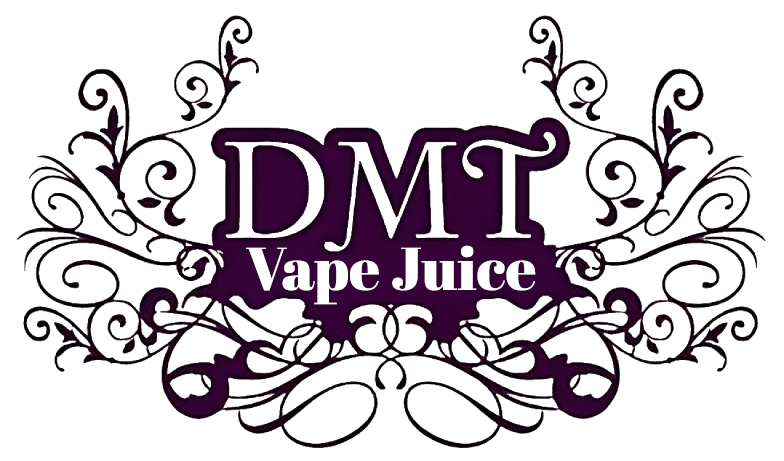Psychedelics
The History of DMT Use and Its Cultural Significance
DMT, short for N,N-Dimethyltryptamine, is a powerful hallucinogenic compound found in various plants and animals. Its use dates back centuries and has played a significant role in different cultures around the world.
Indigenous tribes in the Amazon rainforest have long been aware of the psychoactive properties of DMT-containing plants. They have used ayahuasca, a brew made from the Banisteriopsis caapi vine and Psychotria viridis leaves, for spiritual and healing purposes. Ayahuasca ceremonies have been an integral part of their cultural practices, allowing individuals to connect with the spiritual realm and gain insights into themselves and the world around them.
In addition to the Amazonian tribes, DMT has also been used by indigenous cultures in Mexico. The Mazatec people have a long history of using the psilocybin-containing mushroom, known as “magic mushrooms,” which contains DMT. They believe that these mushrooms have the power to communicate with spirits and provide guidance.
The cultural significance of DMT extends beyond indigenous communities. In the 20th century, DMT gained attention in the Western world through the work of researchers and writers like Terence McKenna and Rick Strassman. McKenna, a renowned ethnobotanist, popularized the use of DMT through his lectures and writings, highlighting its potential for expanding consciousness and exploring the unknown realms of the mind.
Rick Strassman’s groundbreaking research in the 1990s further shed light on the effects of DMT through clinical studies involving human participants. His book, “DMT: The Spirit Molecule,” became a catalyst for discussions on the nature of consciousness and the potential therapeutic applications of DMT.
Today, DMT continues to be a subject of interest and research in the fields of psychology, neuroscience, and spirituality. Its use is not without controversy, as legal and ethical considerations surround its recreational and therapeutic use. However, the rich history and cultural significance of DMT cannot be denied, as it has played a vital role in shaping the beliefs and practices of various communities throughout time.
In conclusion, the use of DMT has a long and storied history, with indigenous tribes and modern researchers alike recognizing its potential for spiritual and therapeutic experiences. Understanding the cultural significance of DMT helps us appreciate its role in shaping human consciousness and exploring the mysteries of the mind.

